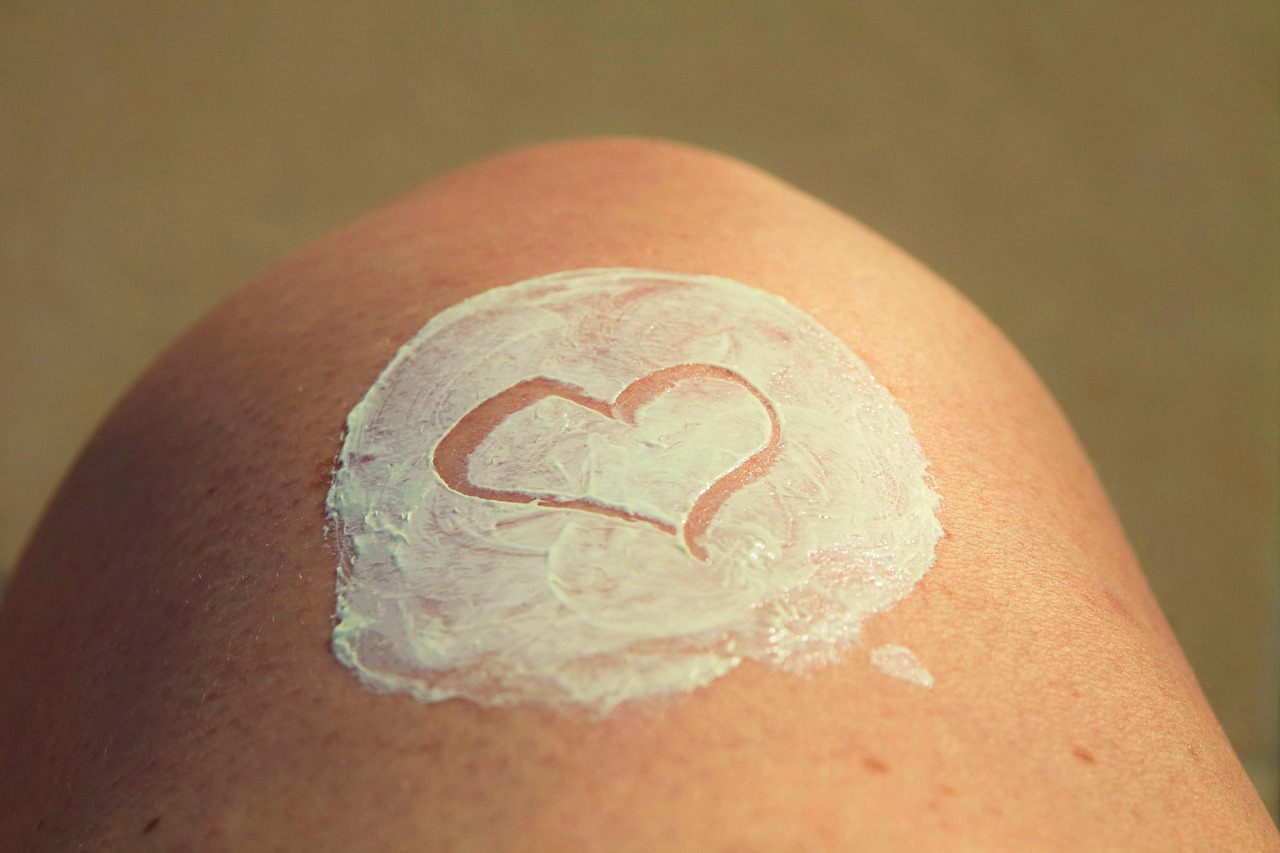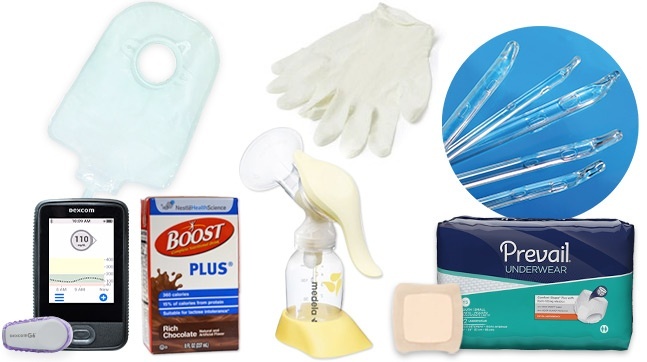Ostomy Skin Care – How to Help Prevent Irritation
This post was reviewed by our Director of Clinical Excellence and Oversight.
Skin irritation is a common issue that concerns people with ostomy systems. Pouching systems and output both can cause itching and burning of the skin, but the good news is that preventing these issues is fairly simple. The key thing to remember about Ostomy skin care is simply to treat the skin delicately. Be gentle with the pouching system and take the time to attach and remove it properly. It’s also important to understand how the skin should be cleaned.
Here are some helpful tips that will help reduce the chances of skin damage and irritation:

Protecting Skin with the Right Ostomy Equipment
Great Ostomy skin care begins with a well-fitted and comfortable pouching system. The right fit and proper attachment will prevent most skin issues. A healthcare provider or Ostomy nurse can help determine what model will work best, so be sure to ask. Once that’s determined, follow these tips to prevent future skin issues:
- Try to avoid wrinkles in the skin barrier. Wrinkles may lead to leakage, which could also cause irritation. A good way to prevent this is to keep the skin smooth and taut when applying the skin barrier.
- Do not wait until the pouch is completely full to empty it. The additional weight can pull on the skin barrier and disrupt the seal, causing leakage and irritation. Instead, empty the pouch when it is 1/3 to ½ full.
- Check the skin for irritation and breakdown every time you change the pouching system. You can use mirror to check the skin under the stoma. If there are any signs of breakdown or irritation, then report them to a healthcare professional.
- If you do notice leakage, change the pouching system immediately. Do not try to patch it with tape or paste.
- If itching or burning occurs under the skin barrier, remove the pouching system and examine the skin for leakage or skin breakdown. Speak to a healthcare provider about possible solutions.
Ostomy Skin Care while Removing the Pouch:
Sometimes, skin irritation can occur when removing both the pouch and skin barrier. The best way to avoid this is to simply be patient and careful. The skin barrier is attached using a fairly strong adhesive, so rushing the process of removal can damage the skin beneath it.
- First, gently loosen and lift the edge of the pouching system with one hand while pushing down on the skin near the skin barrier with the other hand.
- Once the edge is loosened, slowly peel the skin barrier away from the skin, starting at the top. This will allow any trapped drainage to collect into the pouch.
- Work slowly. Do not “rip off” the skin barrier, as this can damage the skin and cause irritation.
- Some people find it helpful to use an adhesive remover when removing the pouching system. This is perfectly fine to do; however, it’s very important that all of the adhesive remover is washed away with soap and water, and the skin is patted dry before another skin barrier is reattached.
Proper Skin Cleaning
Another important part of Ostomy skin care is proper cleaning the skin around the stoma. In most cases, only warm water and either a washcloth or soft paper towel are necessary to adequately clean the area. Some may prefer to use other materials and soaps, and for those individuals, it’s important to be aware of a few important tips:
- If soap is used to clean the skin around the stoma, then make sure it’s a soap that is mild and does not contain a lot of oil or other moisturizers. These can prevent the skin barrier from staying on the skin.
- Thoroughly rinse all of the soap from the skin before reattaching the pouching system; soap can interfere with the way the pouch connects to the body.
- Do not use alcohol or other strong chemicals to clean the skin or stoma. These can dry out the skin and lead to irritation.
- Always dry the skin very well before attaching a new pouching system. A clean, absorbent towel or a hair dryer set to a cool temperature are excellent options for making sure that all water is removed.
- Do not use moistened towelettes, baby wipes, or anything that contains lanolin or other oils. These will keep the skin barrier from staying on the skin.
- Unless recommended by a healthcare provider, refrain from applying powders or creams to the skin around the stoma. Powders and creams can interfere with the skin barrier’s ability to adhere to the body.
- Above all else, makes sure that a healthcare physician or an Ostomy nurse is updated on any irritation that may occur.
Ostomy skin care is unique to each individual, so it’s important to seek advice with someone who is familiar with the situation. Did you know your Ostomy supplies could be covered by Medicaid? Call us to find out more! And check out our Ostomy Fact Sheets. We’re happy to help!
Latest Posts
Medical Supplies Delivered to Your Door
Accurate Orders | Fast Delivery | Product Expertise

Disclaimer:
Unless otherwise noted, the recommendations in this document were obtained from the sources indicated. Be advised that information contained herein is intended to serve as a useful reference for informational purposes only. HCD cannot be held responsible for the continued accuracy of or for any errors or omissions in the information. All trademarks and registered trademarks are the property of their respective owners.
